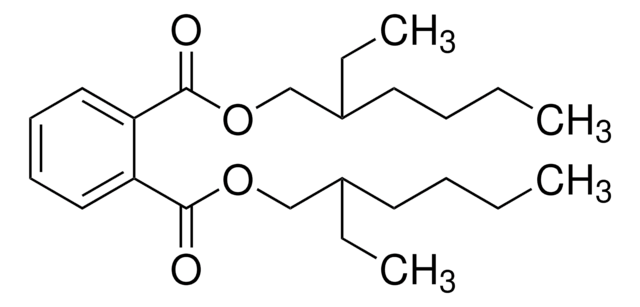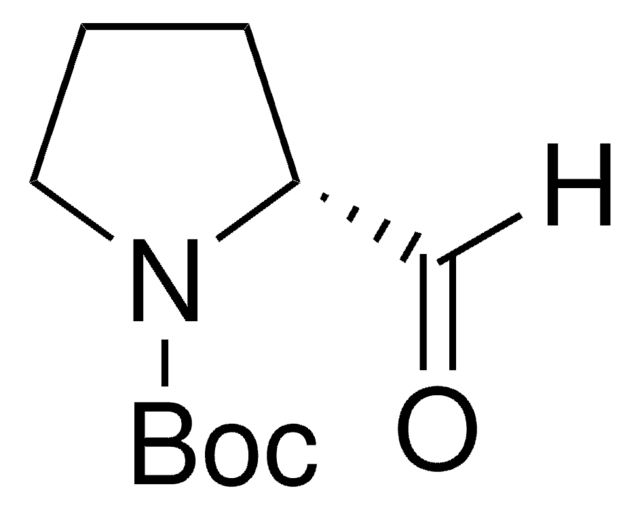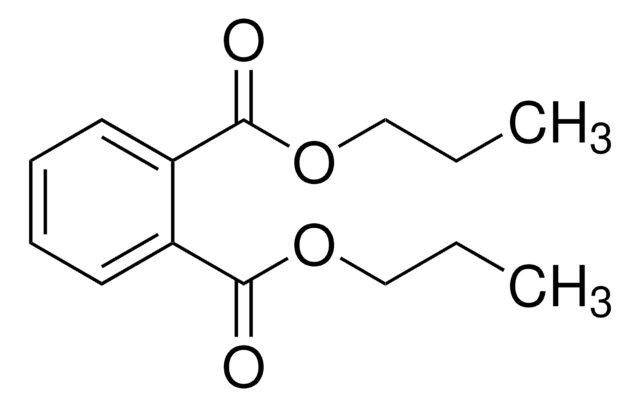524980
Dibutyl phthalate
99%
Synonym(s):
n-Butyl phthalate, DBP, Phthalic acid dibutyl ester
About This Item
Recommended Products
vapor density
9.6 (vs air)
Quality Level
vapor pressure
1 mmHg ( 147 °C)
assay
99%
form
liquid
autoignition temp.
756 °F
expl. lim.
0.47 %, 236 °F
impurities
≤0.005% Acidity (as Phthalic acid)
≤0.15% water
color
APHA: ≤20
refractive index
n20/D 1.492 (lit.)
pH
7 (20 °C, 10 mg/L)
bp
340 °C (lit.)
mp
−35 °C (lit.)
density
1.043 g/mL at 25 °C (lit.)
functional group
ester
SMILES string
CCCCOC(=O)c1ccccc1C(=O)OCCCC
InChI
1S/C16H22O4/c1-3-5-11-19-15(17)13-9-7-8-10-14(13)16(18)20-12-6-4-2/h7-10H,3-6,11-12H2,1-2H3
InChI key
DOIRQSBPFJWKBE-UHFFFAOYSA-N
Gene Information
mouse ... Esr1(13982)
Looking for similar products? Visit Product Comparison Guide
General description
Application
signalword
Danger
hcodes
Hazard Classifications
Aquatic Acute 1 - Aquatic Chronic 2 - Repr. 1B
Storage Class
6.1C - Combustible acute toxic Cat.3 / toxic compounds or compounds which causing chronic effects
wgk_germany
WGK 3
flash_point_f
367.7 °F - open cup
flash_point_c
186.5 °C - open cup
ppe
Eyeshields, Gloves, type ABEK (EN14387) respirator filter
Choose from one of the most recent versions:
Already Own This Product?
Find documentation for the products that you have recently purchased in the Document Library.
Customers Also Viewed
Global Trade Item Number
| SKU | GTIN |
|---|---|
| 524980-25ML | 4061836699543 |
| 524980-100ML | 4061836699512 |
| 524980-1L | 4061836699536 |
| 524980-2.5L | 4061832550350 |
| 524980-20L | |
| 524980-4L | 4061836699550 |
| 524980-500ML | 4061836699567 |
| 524980-18L | 4061836699529 |
Our team of scientists has experience in all areas of research including Life Science, Material Science, Chemical Synthesis, Chromatography, Analytical and many others.
Contact Technical Service











